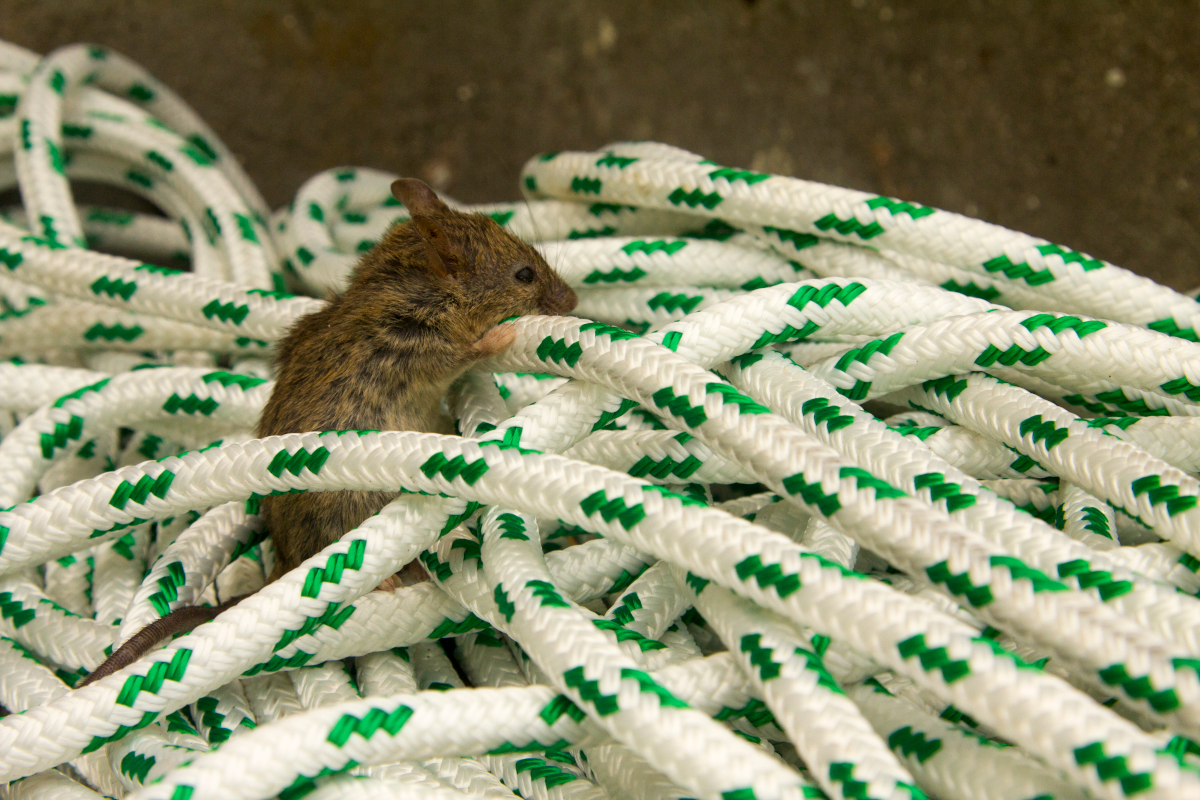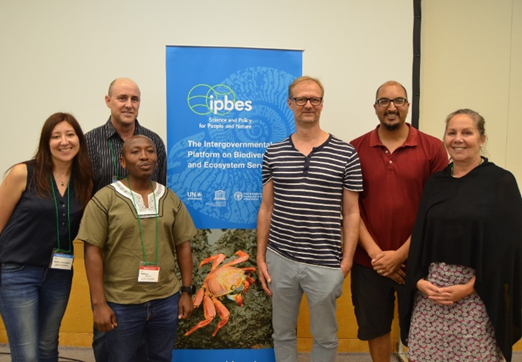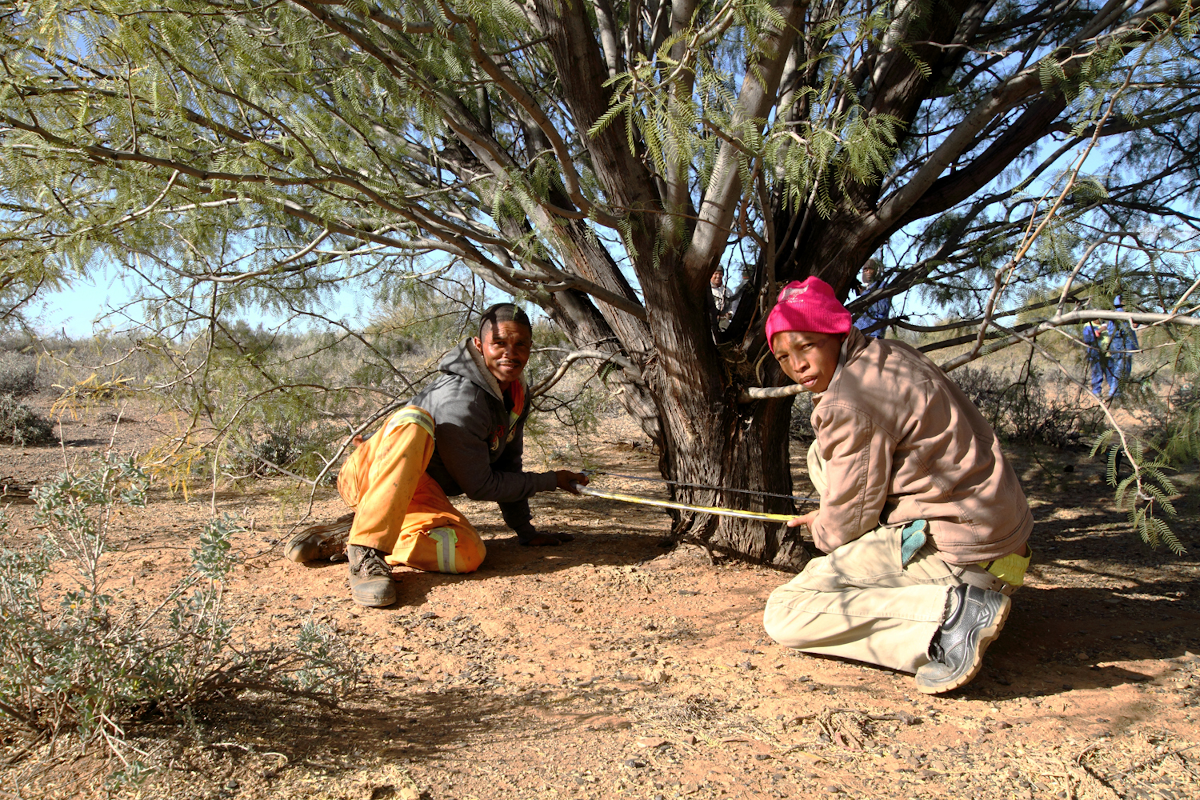Non-native small mammal species for sale in South Africa
Small mammals are amongst the most charismatic animals widely sold as pets around the world. Increasing trade for these pets has resulted in several species releases and escapees from captivity. Consequently, several small mammal pets have become invasive...





